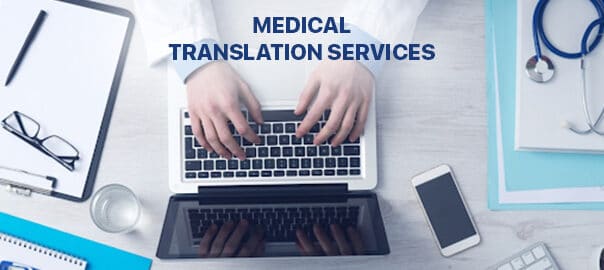The medical field is characterized by discoveries and knowledge across cultural boundaries globally. Thus, medical translation is very demanding compared to other types of translation. Medical translators not only connect customers and businesses but also the professionals who work to improve people’s health and lives. Furthermore, medical translation services are essential to providing healthcare services to minorities and foreigners.
Medical translators face several challenges. Some of these include medical terminology, specialization, readability, and unique characteristics of the medical language.
Medical Terminology
First, the terminology used in the medical field is very specific, whether it concerns drugs, the health condition of the patient, or the infection that afflicts them. As a result, medical translation requires specialized translators who are knowledgeable in the special language of medicine and healthcare. To provide documents that would be very useful to doctors and nurses in caring for their patients, a medical translator must possess a deep knowledge of the sector’s technical terminology.
Specialization
Besides the technical terminology of medical translation, the medical field is highly specialized. Like doctors, medical translators are often specialists in different fields. For instance, a translator who specializes in cardiology cannot be expected to offer medical translation services dealing with hematology.
Readability
Additionally, the use of medical language varies based on the participants and communicative situations. That is, specialized terms are used when the translation is to be used in expert-to-expert communication, such as discharge summaries, case studies, case notes, imaging reports, and research papers. On the contrary, if the medical translation services are between an expert and lay readers, such as between a medical device manufacturer and an end-user or doctor and patient, the medical translator must use less complex language.
Unique Characteristics of the Medical Language
Foremost, a large portion of the medical terminology is composed of eponyms. These are terms derived from medical procedures, signs and symptoms, medical devices, diseases, and the names of parts of the human anatomy. Examples include Alzheimer’s disease, Bard-Parker scalpel, Heller myotomy, Fallopian tubes, Adam’s apple, Parkinson’s disease, Jefferson fracture, Lou, and Gehrig disease.
Additionally, the medical world is full of acronyms and abbreviations. While English is the lingua franca in medicine and many of the English abbreviations and acronyms are adopted by other languages, there are exceptions and the translators have to deal with.
Finally, medical language is frequented with the use of doublets and word compounding. For instance, heart failure, patient safety, health care, and contrast medium are compound nominal phrases that are commonly used in fundamental medical English. Also, doublets, such as auditory canal, oral cavity, adipose tissue, optic nerve, frontal bone, and spinal cord can be troublesome during translation. A medical translator has to carefully choose the term to use depending on the target audience.
Solutions to the Challenges of Medical Translation
A high-quality medical translation is based on a symbiotic, mutually beneficial relationship between the medical institution and the client. At the same time, language services providers must employ medical translators who are experts in different fields of healthcare and medicine







